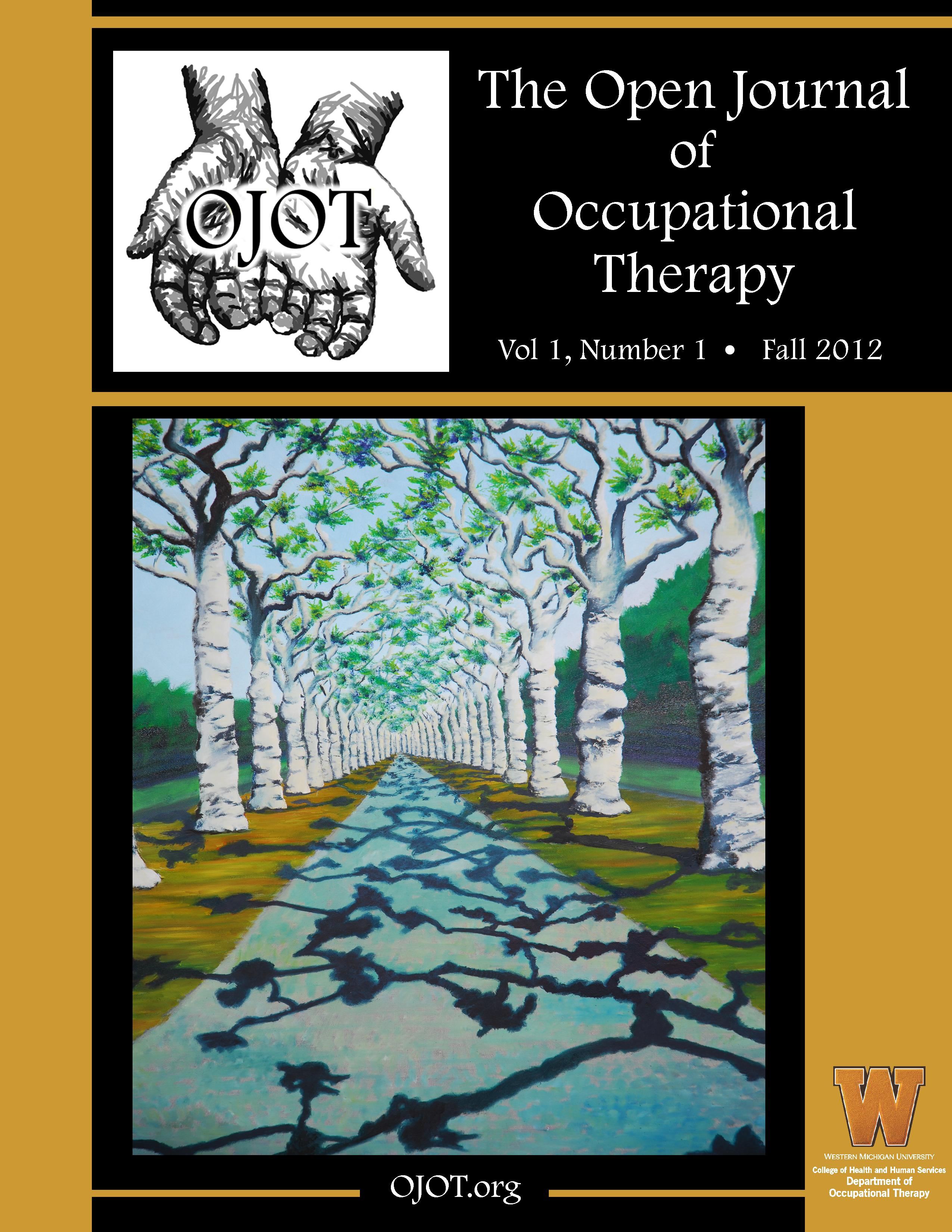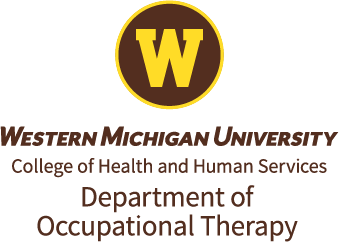ScholarWorks > HHS > OT > OJOT > Vol. 7 > Iss. 1 (2019)
Credentials Display
Veronica T. Rowe, PhD, OTR/LMarsha Neville, PhD, OT
Abstract
Background: Task-oriented training for upper extremity hemiparesis following a stroke is an effective intervention with evidence of its application in the clinic setting. However, the home provides an enriched and practical environment to implement this intervention. This report presents the feasibility of implementing task-oriented training at home.
Method: Stroke survivors with limitations in upper extremity movement and function were assessed before and after a Task-Oriented Training and Evaluation at Home (TOTE Home) program, and 1 month later. Areas of process, resources, management, and scientific value were analyzed for the feasibility of a larger randomized clinical trial (RCT).
Results: The process of this study was acceptable but demonstrated a need for more personnel for a larger trial to accommodate a larger sample over a shorter period. Adjusting the amount of intervention dosing may reduce the amount of resources required to achieve participants’ goals. A large RCT examining TOTE Home would require management from multiple professionals. TOTE Home proved to be a safe scientific endeavor with no adverse side effects.
Conclusion: The implementation of TOTE Home is a feasible endeavor. A larger clinical trial is justified to determine the generalizability and effectiveness of this intervention in a home-based setting.
Recommended Citation
Rowe, V. T., & Neville, M. (2019). The Feasibility of Conducting Task-Oriented Training at Home for Patients with Stroke. The Open Journal of Occupational Therapy, 7(1). https://doi.org/10.15453/2168-6408.1514


